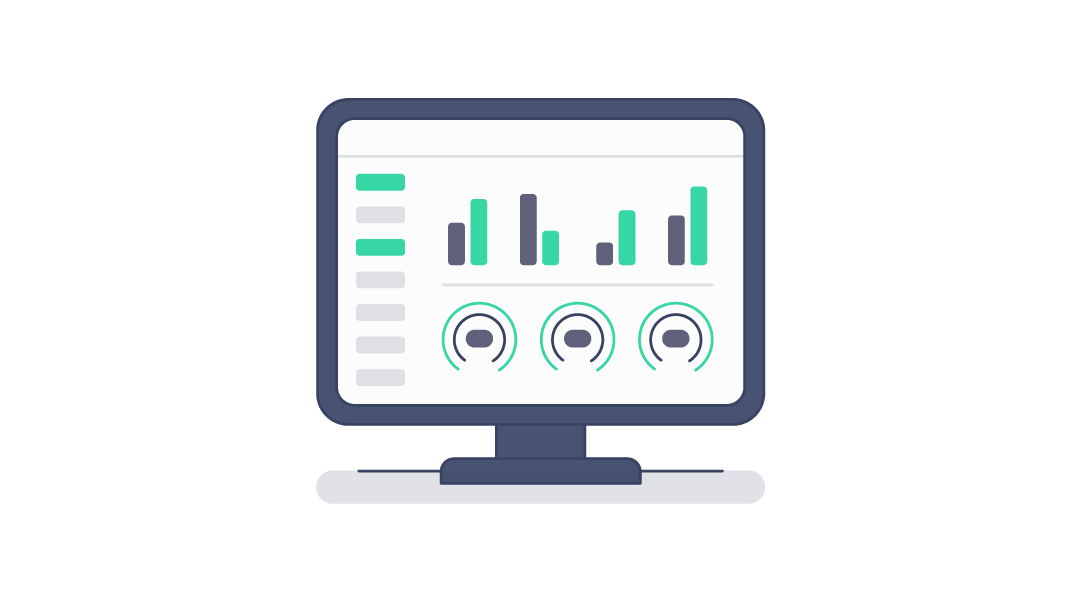Why Young Drivers Are At Risk When Driving
Young drivers face higher risks on our roads than more experienced drivers. In this article we will explore awareness and options young drivers have available to them to reduce risk and improve their journey safety.
Why Young Drivers Are At Risk When Driving
Higher levels of risk for young drivers are due to two main factors – youth and inexperience.
During the formative years of a young person’s driving experience greater guidance on spotting hazards, safe overtaking, or how to focus and maintain an appropriate speed are all key to reducing risk of a collision.
Research shows that young drivers are more likely to speed, drink and drive, be under in fluence of drugs and drive, fail to wear a seat belt or be distracted by their mobile phone.
Fine Balance of Confidence and Overconfidence
Research from various road traffic and medical sources has shown that young drivers demonstrate shorter focus time, lower recognition of hazards and are less able to judge appropriate speed for the road conditions.
Feeling overconfident can be seen when driving behaviours include speeding, tailgating, harsh braking, racing and reckless overtaking. Even with the development of post-test driver training, the results of overconfidence are still seen everyday on the UK roads.
When we question, “what else could be causing overconfidence” we find something fascinating.
Brain Behaviour Remodelling
It is widely accepted that the human brain has mostly stopped growing by the end of teenage years. Yet it continues to strengthen connections between nerve cells until at least the mid 20’s which enables information to be processed more efficiently. This ability to process information includes the regulating of impulsive behaviour and the capability to anticipate the consequences of any impulsive behaviour.
Additionally, the limbic region of the brain which is associated with emotional responses is over-active in late teenage years until mid 20’s. This increase in limbic activity means that young people are more likely to be influenced by their peers and take pleasure from thrill-seeking behaviour.
Acknowledging that young people are experiencing many changes enables us to work with behaviour remodelling in an engaging way to improve driving habits of young drivers.
How toot Helps
Our research and understanding of both road risk and driver behaviour means that the downloadable app and toot scoring system encourages drivers to continually improve their own score. Toot encourages young drivers to keep calm and focused whilst they are driving and gives them an app based score for each journey and a score towards rewards for safer driving.
Our Products
We are making toot freely available to everyone to promote safer driving. We are offering these additional services to all app users and for company's with motor fleets or motor insurance portfolios.

Scoring Services
Score your fleet or insurance portfolio

Quick Quote
An innovative motor insurance quote system

Premium
Four different in app premium services

Sell
Sell your products and services via toot

Rewards
Enhance your company profile by offering rewards

Usage Based Insurance
Provide motor insurance cover on a pay as you go terms
